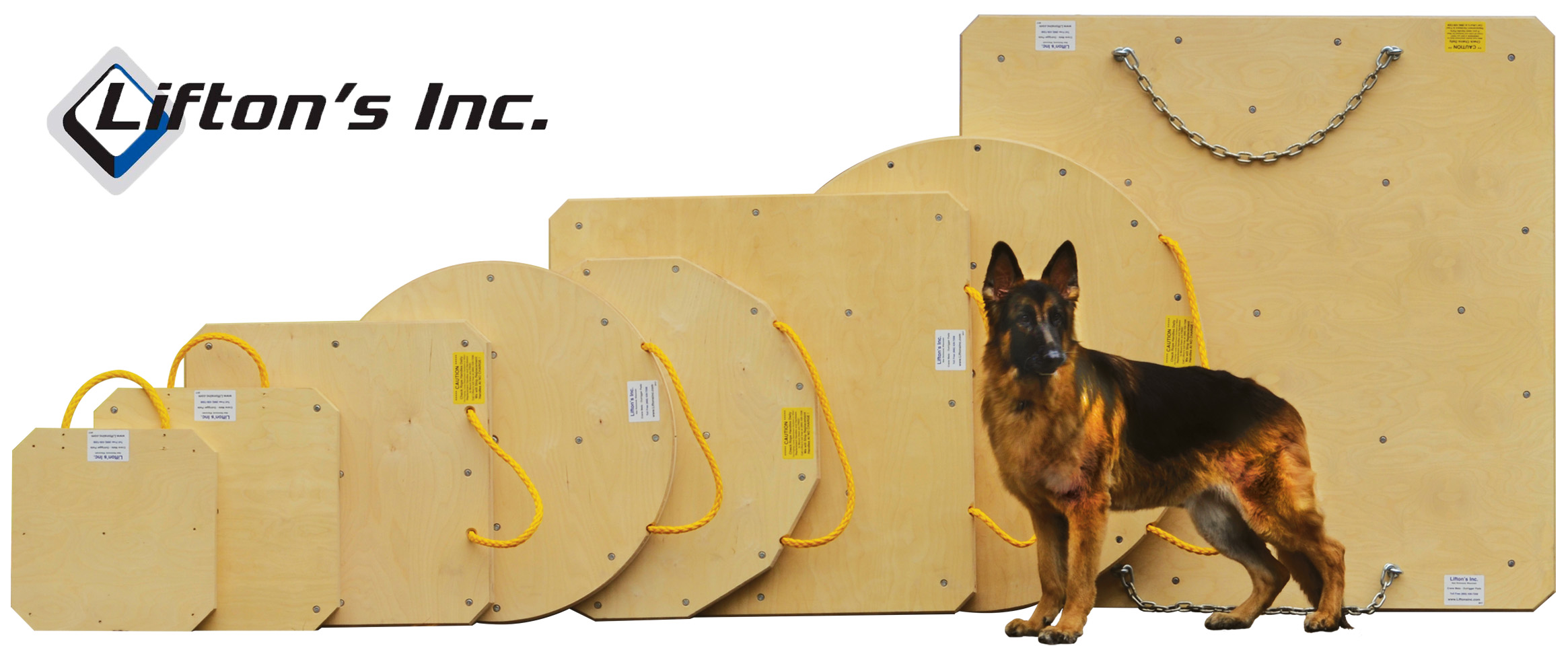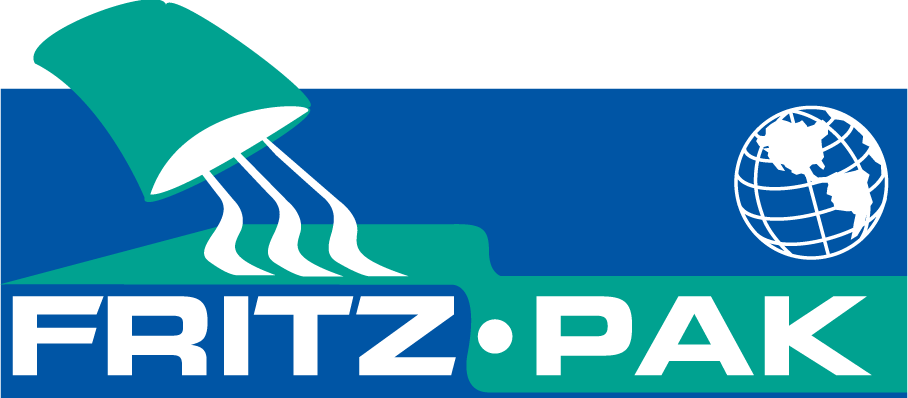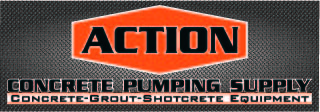Getting a Business Loan
Business Loans: What you should know in order to get one.
Most loan applications, which are turned down, could have been approved if the lender had received enough information. Further, the less information the lender has, the higher the rate is going to be. Getting a loan to start a new business is especially difficult. (See the article: "FINANCING A NEW BUSINESS") The secret to improving your chances of securing favorable financing is in knowing what information to submit and doing the work to get it together before you submit your application.
Getting a loan is a sales job. The lenders needs to loan you money; that's their business. They also need to know you can and will pay it back, with interest. That is how they make their profit. Your "sales job" is to convince the lender that you can and will pay off the loan even if things don't go as well as you expect.
This sales job is easy if you can show that:
1. you have been in the business two years or more
2. have had consistent and improving profitability
3. have established good credit
4. have borrowed at least this much money in the past and successfully made the payments
5. can document all this with good accounting.
So here is a list of the kinds of information that must accompany or be included in your application. Don't even start a conversation with a loan officer until you have the following together and ready to present:
1. Identification: Complete business name, address, and phone numbers, tax id numbers, contractor license numbers, the full names, addresses, phone numbers, and Social Security numbers of all who will be signing on the loan.
2. Business and personal Federal Income Tax returns for at least the last two, but preferably three years.
3. Business and personal financial statements. If your statement is more than six months old you should include an interim statement. It looks better if an accountant does these but you can do your own. (Your local bank will have a form you can use or copy.)
4. Profit and Loss (P & L) Statements for the last two or three years. These are also better if prepared by an accountant
5. A list of credit references, a minimum of three but more, up to ten, is better. Include name and phone number of the creditor, the highest amount of credit, the account number, and the name of the account representative.
6. A list of major equipment you already own, including year, make, model, current market value, and how much you owe against each.
7. The purchase price and year, make, and model, including truck and pump, of the equipment you want to buy. This does not have to be the unit you end up buying but the purchase price should be the maximum you expect to have to pay.
8. The terms you would prefer, maximum payment size, number of payments, and the amount of down payment you can make, including trade-in. No finance company will make you a loan without this minimum amount of information. Don't make them drag it out of you piece by piece. Have it when you start the process and you will have the immediate respect of the representative and a major step toward getting prompt approval.
You can improve the odds you will get approval, position yourself to negotiate a better rate or terms, and partially compensate for business weaknesses (business equity, credit, time in business, profitability, etc.) by including the following:
1. A Business Plan is most important. It tells the lender much of what he wants to know about your business, how well you run it, and how you plan to pay him back. The fact that you have a business plan and follow it marks you as a businessman to be taken seriously. See the article "Planning for Business Success" for help in developing a business plan.
2. References, not credit references, but business and personal references. Include letters of satisfaction from your customers (get in the habit of asking for these and saving them) and thank-you notes from your church and other community organizations. Get letters of recommendation from other businessmen and friends.
3. Security: What have you done to protect the lender if something happens to you, your equipment, or your business. Contingency plans include lines of credit, available home equity loans, cash reserves and liquid investments, life insurance, "loss of business" insurance, and the names and qualifications of the persons who would run or liquidate your business if something happened to you.
4. Community involvement and publicity. Do you support or coach a Little League team? Do you contribute to, or volunteer for community fund raisers? Are you on a church committee or a company board of directors? Have you or your company received a write-up in the local paper or building industry magazine? Do you run a display add in the Yellow Pages? Save and include clippings of these kinds of things. Organize all this into a binder with labeled tabs. Label it "A Funding Request From:" and your company name. Put it pretty much in the order it is listed here but put the tax returns in the back.
Remember, it's a sales job. Be honest but don't be afraid to blow your own horn. The man who actually approves your loan will probably never meet you. But he will see everything you submit on paper. This may seem like a lot of work but I promise it is worth it. I have built many of these packages for my customers, some of them marginal prospects for the loans that they needed, and nearly all have been accepted. You can do as well.
Written By Eisele, Fred UsedConcretePumps.com
Published by ConcretePumping.com











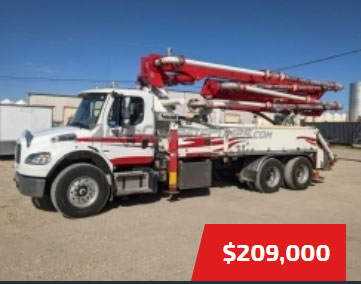




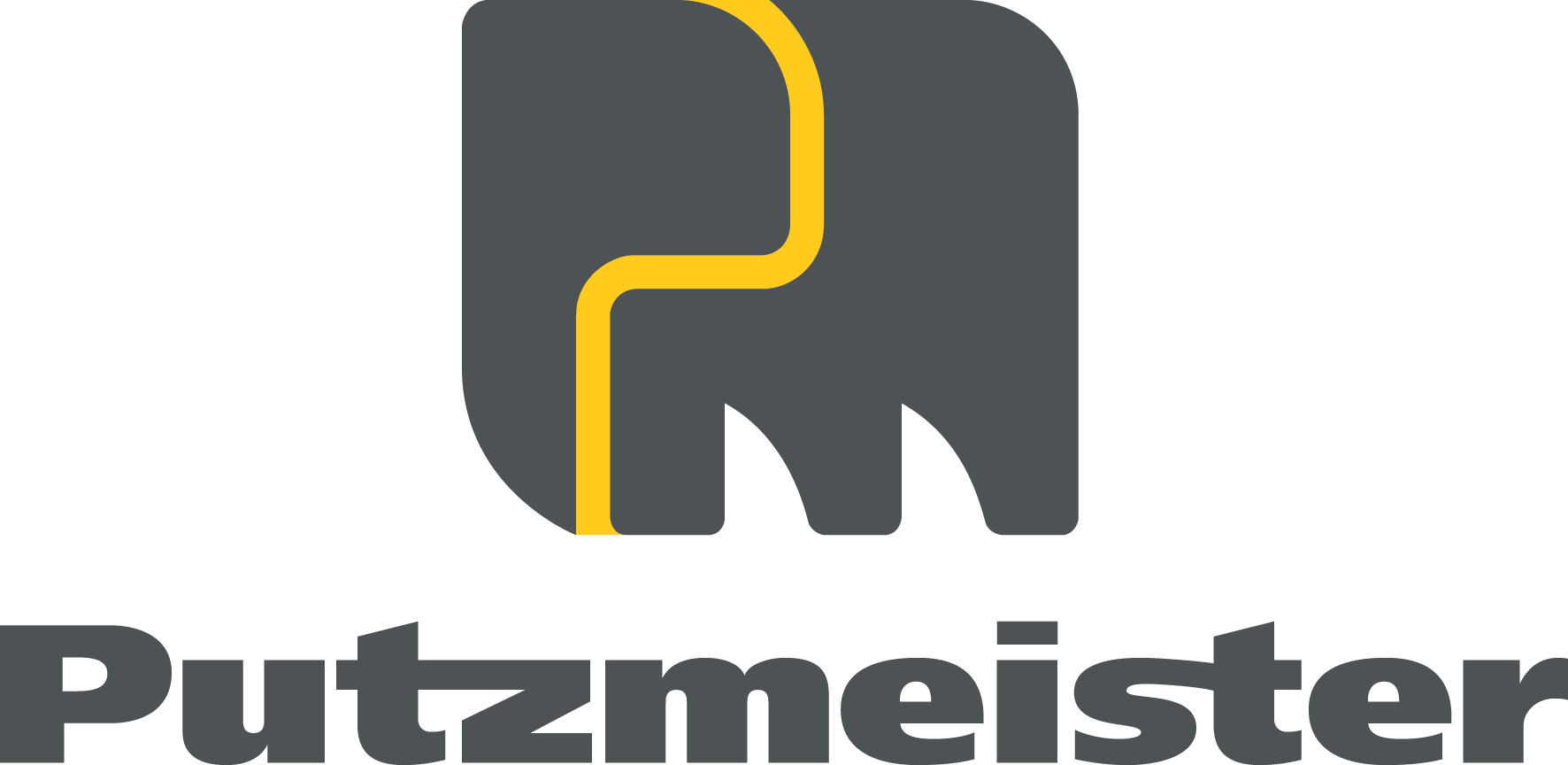



.jpg)
.gif)

.jpg)

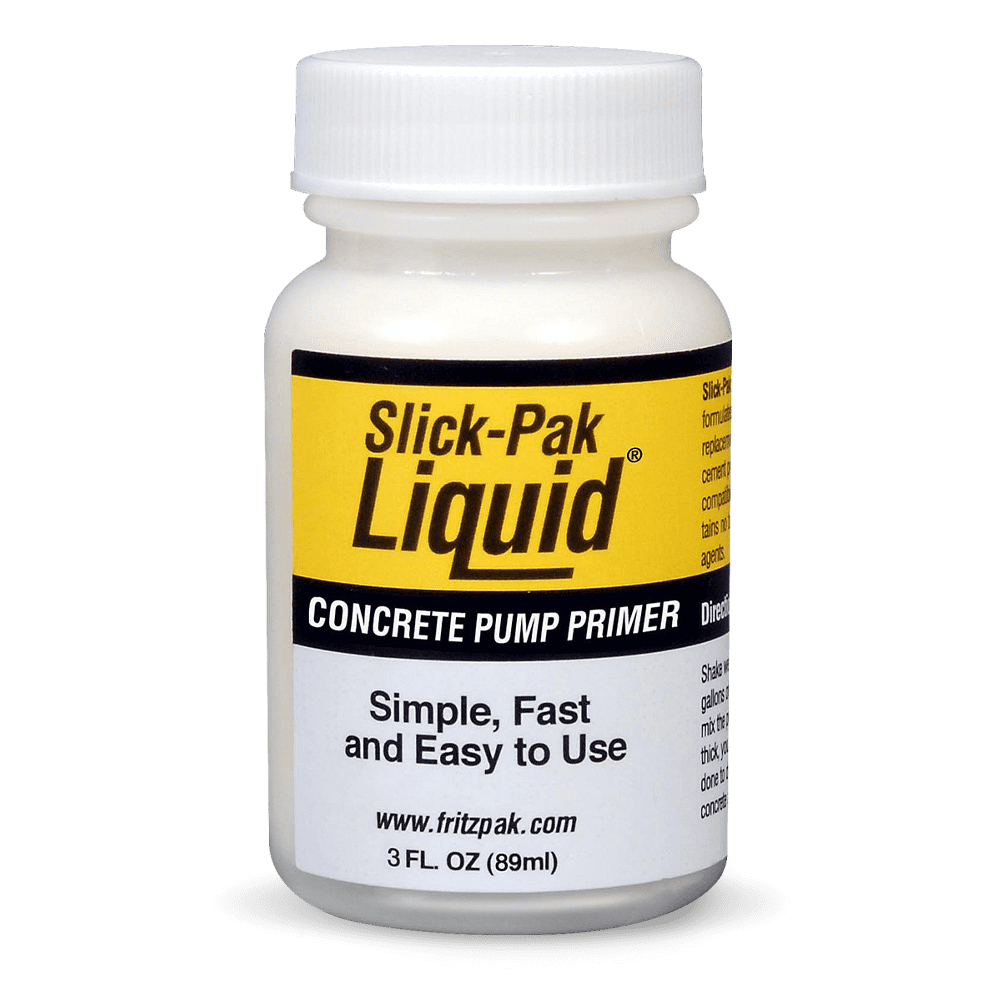






.jpg)
